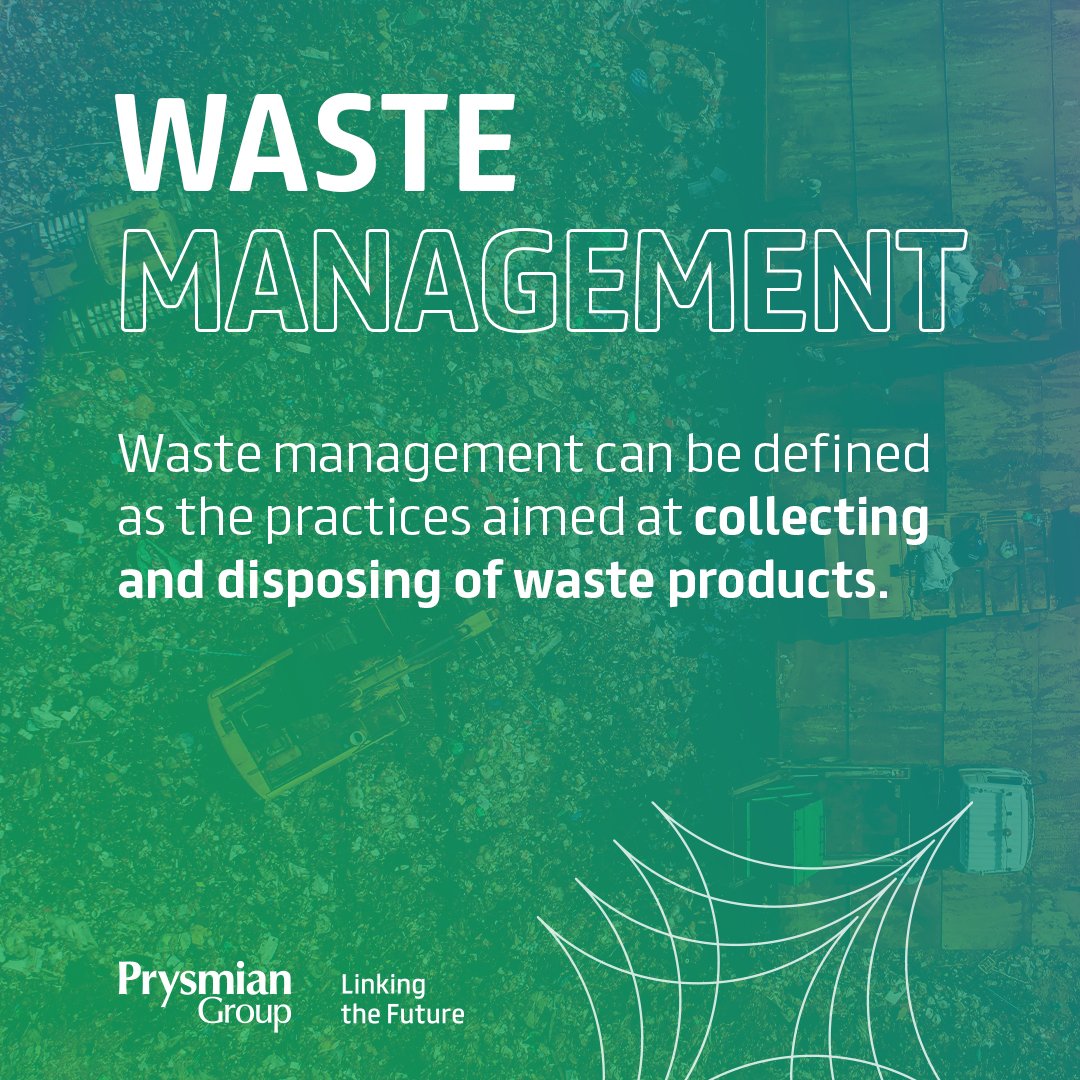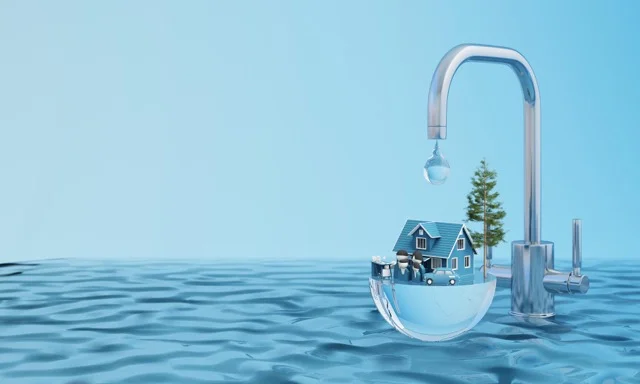A Biased View of Reclaim Waste
A Biased View of Reclaim Waste
Blog Article
An Unbiased View of Reclaim Waste
Table of ContentsThe Only Guide to Reclaim Waste5 Easy Facts About Reclaim Waste DescribedA Biased View of Reclaim WasteAn Unbiased View of Reclaim WasteThe smart Trick of Reclaim Waste That Nobody is Talking About
Residential sewer waste refers to the waste and products from a residential septic storage tank. The correct management and disposal of residential sewer waste call for liquid waste to be transferred to a sewer treatment plant where the appropriate approaches and devices are used to cleanse and dispose of waste.
Business waste frequently includes potential dangers, such as combustible materials or a combination of liquid and solid waste products, and calls for an advanced and thorough disposal procedure. The disposal of industrial waste usually involves the filtering of waste prior to transportation to ensure safe and proper disposal. Hazardous waste is produced from results and overflow of commercial processes and manufacturing.
This sort of waste can not utilize the same sewage administration transportation or procedures as septic or commercial liquids. The industrial waste monitoring procedure calls for the evaluation and testing of liquid waste prior to it undergoes the disposal process (liquid waste disposal melbourne). Drainage waste is the fluid waste that comes from overflow and excess stormwater in very booming locations or cities
Overflow waste can create contamination and flooding otherwise handled correctly. Find out more concerning drain cleansing and waste administration. Ensuring correct waste management can stop catastrophes and lower ecological harm. Both individuals in property setups and experts in commercial or production markets can gain from recognizing the processes and laws of liquid waste administration.
Reclaim Waste Fundamentals Explained
Call PROS Services today to learn more about our waste administration and disposal services and the correct methods to care for the fluid waste you create.
(https://pxhere.com/en/photographer-me/4429814)Do you understand what happens to your water when you disengage, flush the commode or drain pipes the cleaning equipment? No? Well, it's worth knowing. This so-called 'wastewater' is not just an essential resource yet, after therapy, will certainly be launched to our land, rivers or the sea. Utilized water from bathrooms, showers, bathrooms, kitchen sinks, laundries and commercial processes is understood as wastewater.

water used to cool down machinery or clean plant and equipment). Stormwater, a type of wastewater, is overflow that moves from agricultural and urban areas such as roof coverings, parks, yards, roadways, courses and rain gutters right into stormwater drains, after rainfall. Stormwater flows neglected directly to regional creeks or rivers, eventually reaching the ocean.
Reclaim Waste Can Be Fun For Anyone
In Queensland, many wastewater is treated at sewage therapy plants. Wastewater is transferred from residential or industrial sites through a system of sewage systems and pump stations, recognized as sewerage reticulation, to a sewer therapy plant. City governments develop, maintain and run most sewage therapy plants. Operators are licensed under the Environmental Defense Act 1994 to release cured wastewater at an acceptable ecological criterion into rivers.
The Division of Natural Resources encourages local governments concerning managing, operating and preserving sewerage systems and therapy plants. In unsewered areas, regional governments may need owners to install specific or home sewer treatment systems to deal with residential wastewater from toilets, kitchen areas, bathrooms and washings. The Division of Natural Resources authorizes the usage of family systems when they are confirmed to be effective.
In some new communities, treatment of some stormwater to remove litter, sand and gravel has actually begun utilizing gross pollutant catches. Wastewater treatment happens in four stages: Eliminates solid matter.
Utilizes little living organisms knows as micro-organisms to break down and eliminate continuing to be dissolved wastes and fine particles. Micro-organisms and wastes are included in the sludge.
The Only Guide for Reclaim Waste
Nutrient elimination is not available at all sewer treatment plants since it calls for expensive specialized devices. It is becoming much more usual in Queensland. Clear fluid effluent produced after therapy might still consist of disease-causing micro-organisms. If this effluent is launched right into rivers such as rivers or the sea, the micro-organisms will ultimately die out.

This typically indicates wastewater has actually to be treated or pollutants gotten rid of before it can be discharged to waterways. A lot of wastewater moves right into the sewage system. Under the Act, local federal governments administer authorizations and permits for ecologically appropriate tasks (ERAs) involving wastewater launches that could have a local impact. The division carries out authorizations and permits to ERAs including wastewater releases that may have a regional or statewide influence.
All About Reclaim Waste
Or else, samples are taken for research laboratory evaluation. Often many examinations are needed to develop the degrees of each of the various pollutants such as oils, hefty steels and pesticides in water. Monitoring provides accurate info about water high quality and can confirm that licence problems are being met. The information obtained with tracking supplies the basis for making water top quality decisions.
Report this page